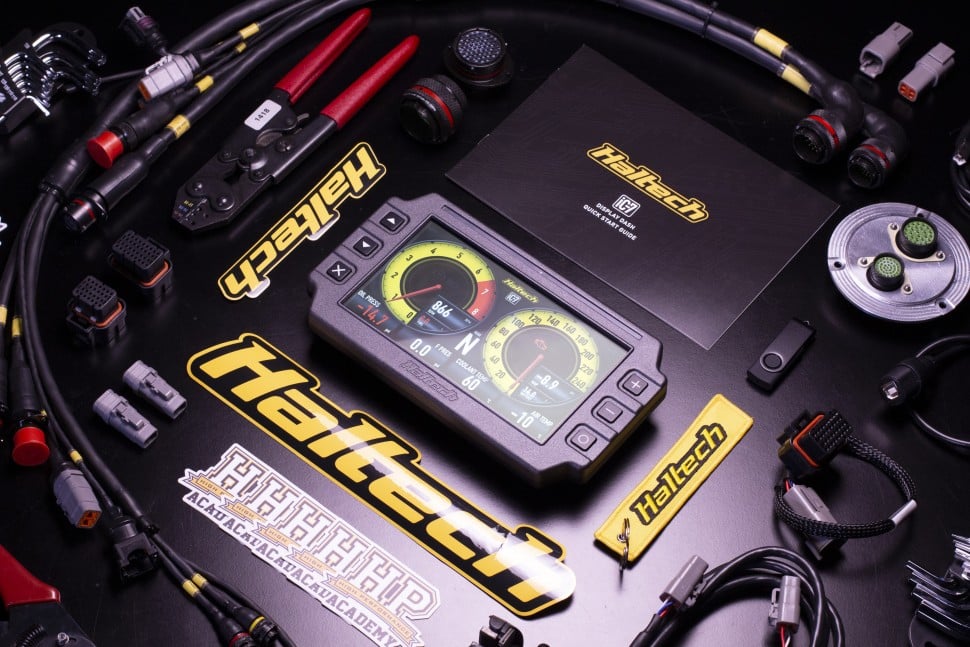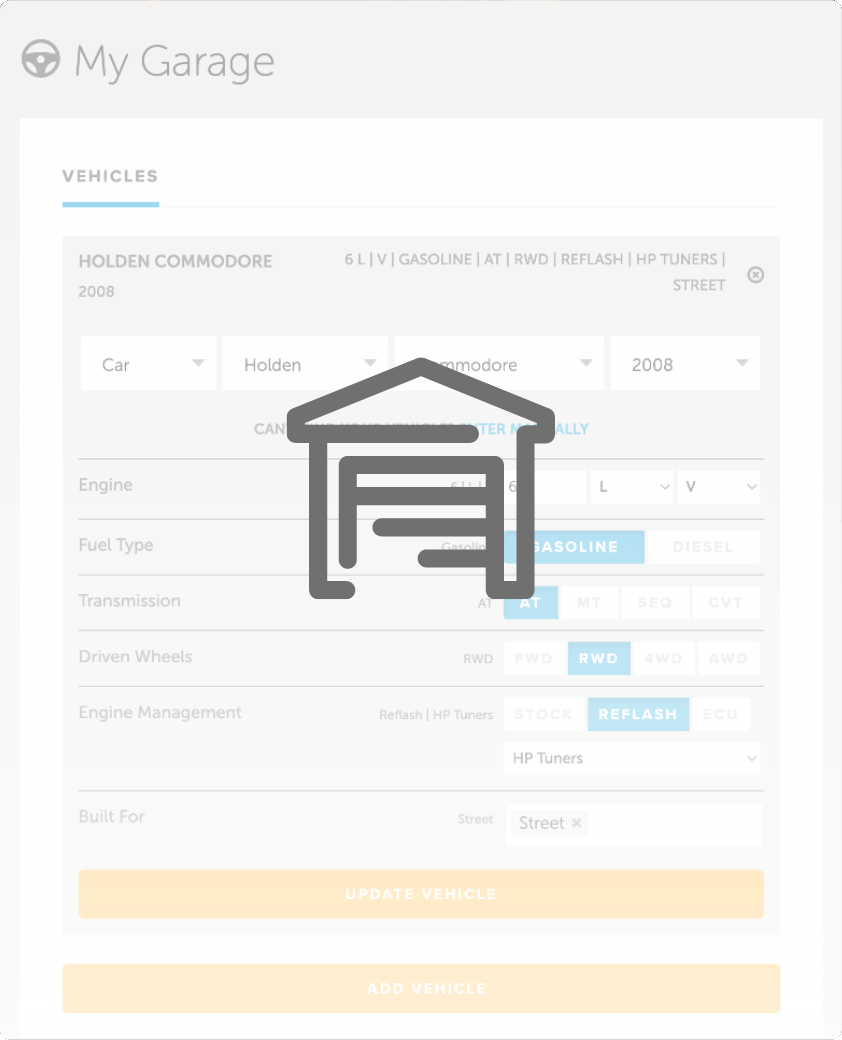| 00:00 |
- If you're a rotary engine enthusiast, you're probably wondering how the tuning basics and the tuning process applies to the rotary engine.
|
| 00:10 |
While the inner workings of the rotary engine are vastly different to a piston engine, the way the rotary engine responds to fuel and ignition timing is actually remarkably similar to a piston engine.
|
| 00:23 |
So, most of what we can apply to tuning piston engines is also relevant to rotary tuning.
|
| 00:30 |
Rotary engines are very sensitive to knock or detonation, though, and can quickly be destroyed if almost any level of knock occurs.
|
| 00:40 |
For this reason, it's important to tread carefully when tuning a rotary engine and be conservative with the amount of ignition advance being used.
|
| 00:49 |
It's always better to potentially leave a little power on the table, and have an engine that's going to last a long and healthy life.
|
| 00:59 |
Differences also exist in the sort of air-fuel ratios that we're likely to use in a rotary engine when compared to a piston engine.
|
| 01:08 |
The rotary engine shows a little less efficiency when compared to a piston engine, and this inefficiency shows up in the form of additional heat.
|
| 01:18 |
To help combat heat in the combustion chamber, we'll generally need to run a rotary engine a little richer than a comparable piston engine.
|
| 01:28 |
Two other important differences that you'll see on a rotary engine, are two spark plugs and two injectors per rotor, and these need to be dealt with by the engine management too.
|
| 01:41 |
The two spark plugs are referred to as leading and trailing, and they'll normally be fired at slightly different times in the engine's cycle.
|
| 01:50 |
When we talk about ignition timing in a rotary engine, we're normally referring to the ignition advance angle for the leading spark plug.
|
| 01:58 |
You can think of this as the main spark plug, and this is responsible for initiating the combustion.
|
| 02:05 |
The trailing plug is controlled seperately and will fire a little later after the leading spark plug.
|
| 02:12 |
This is referred to as trailing split.
|
| 02:15 |
The design of the rotary engine means that each rotor provides one combustion event for each rotation of the eccentric shaft, compared to a four-stroke piston engine, where we have one combustion event for every two rotations of the crank shaft.
|
| 02:31 |
It might seem like subtle difference, but in this detail lies one of the keys to the rotary engine making so much power out of a seemingly small capacity.
|
| 02:42 |
It also affects the fuel system requirements, though.
|
| 02:46 |
Or specifically what we're talking about here, the fuel injector requirements.
|
| 02:50 |
Since the rotary engine has a combustion happening twice as often as a piston engine, there's only half of the time available for the injector to deliver the fuel to the engine.
|
| 03:03 |
Coupled with this, a 13B for example, only has two rotors, so if that two-rotor engine is producing the same power as a four-cylinder engine, each rotor is essentially producing twice the power of each cylinder on the piston engine, and here's the fuel requirements increase further.
|
| 03:24 |
This is why we usually see two injectors per rotor.
|
| 03:28 |
This is called staged injection, and allows a smaller, primary injector to be used when fuel demands aren't that high.
|
| 03:36 |
As engine RPM and power increase, so does the fuel demand, and the secondary injectors begin adding fuel too, in order to keep up with engine's demands.
|
| 03:48 |
While it may be possible to supply all the engine's fuel requirements using a single injector, that injector would need to be very large, and this can make it hard to control it idle and cruise.
|





